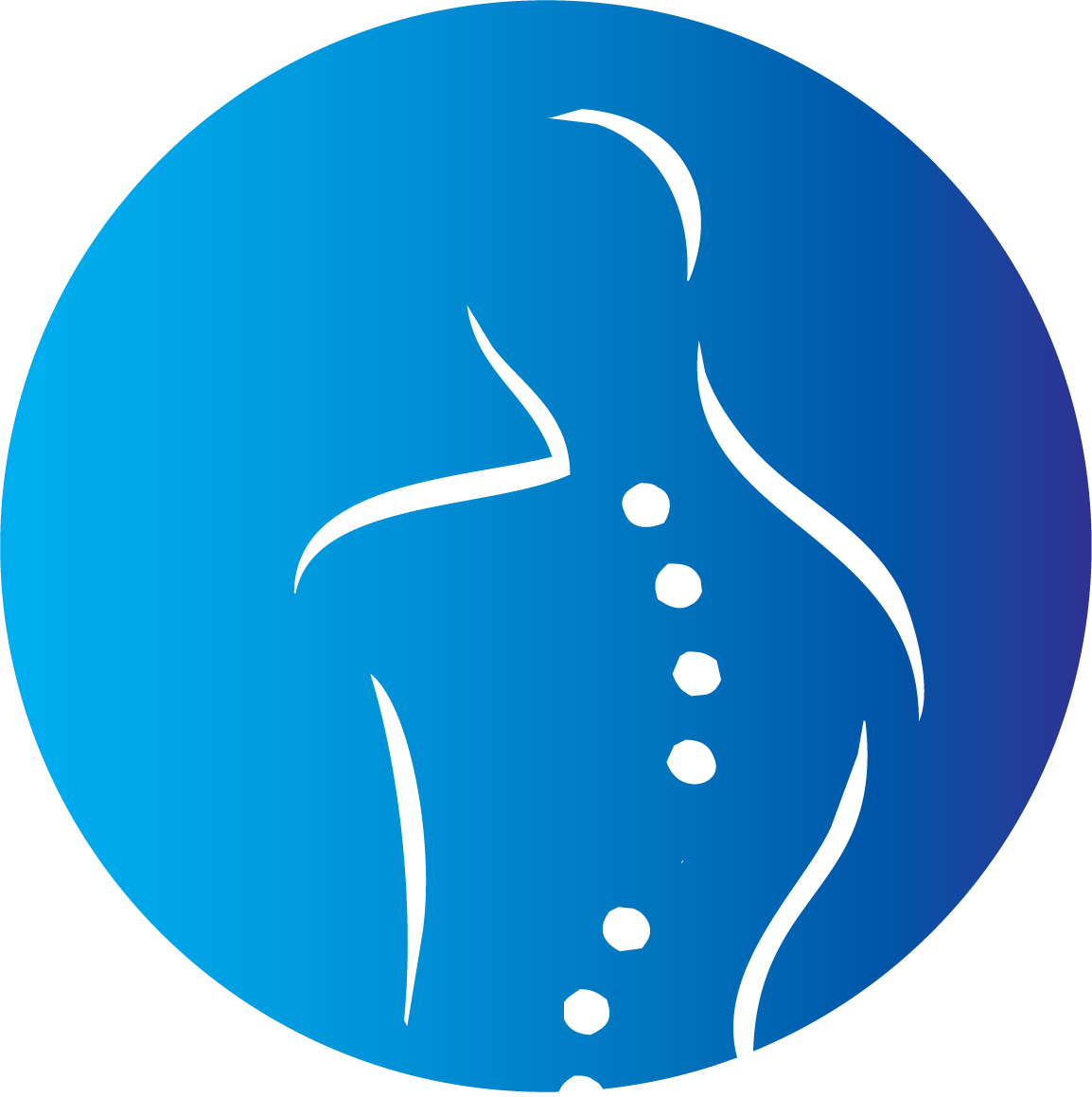
A New Frontier in Bone Health Care
Osteoporosis—a condition of weakened bones that increases the risk of fractures—is often called a silent disease. It progresses without symptoms until a break occurs, typically in the hip, spine, or wrist. As the global population ages, the demand for preventative, accessible, and efficient bone health services has surged. Nurse-led osteoporosis clinics are increasingly recognized as a practical and effective solution to this health challenge.
Why Nurse-Led Clinics Matter
Nurses with specialized training in bone health, geriatrics, and chronic disease management are ideally positioned to detect, assess, and coordinate care for patients at risk of osteoporosis. These clinics emphasize prevention, early diagnosis, and individualized care—key components in reducing the burden of osteoporotic fractures.
The International Osteoporosis Foundation (IOF) estimates that worldwide, one in three women and one in five men over 50 will suffer an osteoporotic fracture in their lifetime[^1]. Many of these fractures lead to loss of independence, chronic pain, and long-term disability, especially vertebral and hip fractures.
The Role of Nurses in Osteoporosis Care
According to guidelines from organizations such as the IOF, National Osteoporosis Society (NOS), and ISCD (International Society for Clinical Densitometry), nurses trained in osteoporosis care can:
- Identify high-risk patients through risk screening tools (e.g., FRAX®, DXA)
- Order and interpret bone mineral density (BMD) scans
- Provide lifestyle and medication counselling
- Coordinate care with physicians, physiotherapists, and dietitians
- Educate patients on fall prevention, calcium, and vitamin D
- Follow-up with patients to improve adherence to treatment plans
In fact, research shows that nurse-led fracture liaison services (FLS) reduce secondary fractures by ensuring that at-risk patients receive post-fracture evaluation and treatment[^2].
Advantages for Patients and Health Systems
Nurse-led clinics improve care by:
✅ Offering timely access to services
✅ Promoting patient education and empowerment
✅ Enhancing continuity of care
✅ Reducing costs by preventing hospitalizations and surgeries
✅ Addressing care gaps, especially in rural or under-resourced areas
This model is also highly adaptable to primary care, community clinics, and private wellness centres—where integrated services like DXA scans, body composition, and lifestyle coaching can be provided under one roof.
The South African Context
In South Africa, osteoporosis is underdiagnosed and undertreated—especially in postmenopausal women, individuals on chronic medication (e.g., corticosteroids), and those with autoimmune or endocrine disorders. A nurse-led clinic, like that of InsureSPR Health, offers a practical solution by:
- Making DXA bone density scanning accessible
- Targeting education in local languages
- Creating referral pathways to public and private specialists
- Monitoring chronic conditions that affect bone health (e.g., diabetes, thyroid disease, HIV)
Final Thoughts
A nurse-led osteoporosis clinic is more than a place to get a scan—it’s a gateway to prevention, early intervention, and lifelong bone health. As healthcare systems move toward multidisciplinary, preventative care, nurse practitioners will continue to play a critical role in reducing the burden of osteoporosis.
🩺 It’s time to shift from a reactive approach to a proactive, nurse-led strategy that empowers patients and communities alike.
📚 References:
1: International Osteoporosis Foundation. https://www.osteoporosis.foundation
2 : Akesson K, Marsh D, Mitchell PJ, et al. “Capture the Fracture®: A Best Practice Framework and Global Campaign to Break the Fragility Fracture Cycle.” Osteoporosis International (2013).
3: International Society for Clinical Densitometry (ISCD). https://www.iscd.org
4: Royal Osteoporosis Society. Nurse-led Services. https://theros.org.uk

